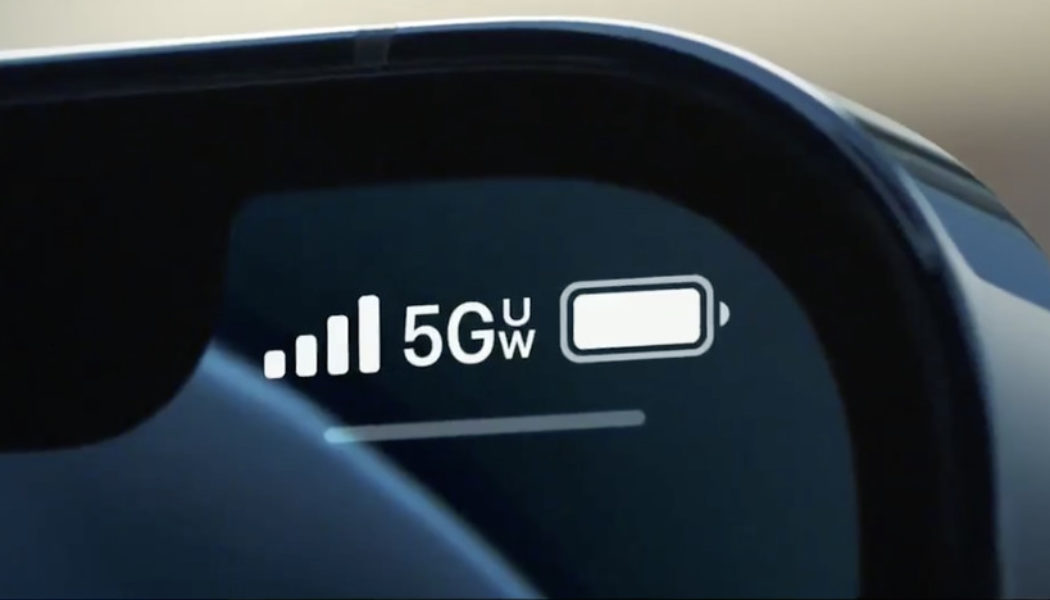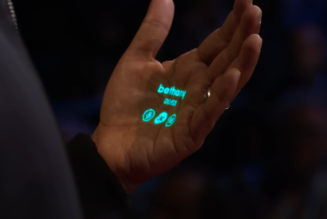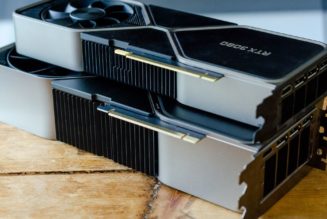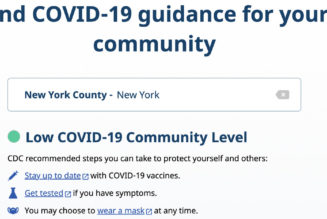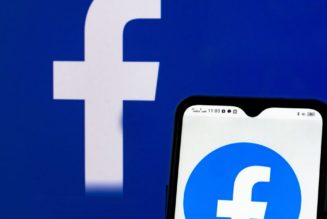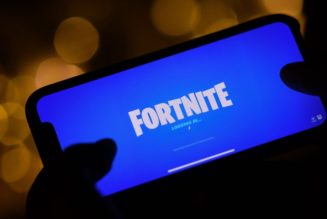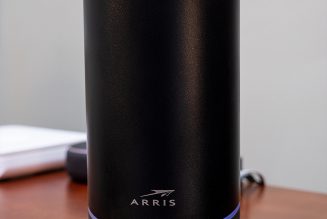If you’ve noticed cryptic new icons popping up on your phone next to the 5G logo, you’re not alone. Carriers are expanding their 5G networks in a big way this year, and those little “UW” and “UC” logos you’re suddenly seeing represent the different varieties of 5G you’re encountering in the wild. Like Pokémon, but way more confusing.
Isn’t 5G just… 5G?
Nope. There are low, mid, and high-band varieties of 5G spectrum. They all provide different levels of data speeds, and all major US carriers use all three. Naturally, they also have different names for them. Depending on your carrier, you may see abbreviations pop up next to the 5G symbol on your phone when you’re connected to the corresponding network. Here’s a quick guide to the different varieties of 5G in the US and the abbreviations carriers have assigned to them.
5G spectrum basics
Broadly speaking, low-band 5G has widespread signal reach, but speeds aren’t much faster than 4G LTE (if at all). High-band 5G is very fast — download a movie in seconds fast — but the signal is extremely limited. Then there’s mid-band 5G, which offers a kind of middle ground between the two: far-reaching signal and speeds that are noticeably faster than 4G, though not shockingly fast like high-band.
:no_upscale()/cdn.vox-cdn.com/uploads/chorus_asset/file/21959291/Screen_Shot_2020_10_14_at_3.23.07_PM.png)
Verizon
5G UW: Verizon refers to both its high-band and mid-band 5G as Ultra Wideband. Until recently, UW referred only to the high-band network, also called mmWave. Verizon put a lot of energy into building and promoting this network, but even in the limited areas where it exists, the signal can be difficult to find. Starting in 2022, Verizon started lighting up new mid-band 5G spectrum in major cities and classified it, too, as Ultra Wideband. Not confusing at all.
If you see the 5G UW icon on your phone, chances are you’re on the mid-band network. If you’re on mmWave, you’ll notice a big difference in data speeds. But if your data just seems noticeably fast, not ridiculously fast, then you’re probably on mid-band.
5G Nationwide: Verizon refers to its low-band 5G as 5G Nationwide. You’re connected to this network if you just see a 5G logo on your phone without “UW” next to it. And if your reaction to seeing that 5G icon pop up is something like “Huh, this doesn’t seem any faster than 4G,” you’re not imagining things. It’s generally not much faster than LTE. Certain Verizon plans, like its basic 5G Start unlimited plan, only include this low-band version of 5G.
:no_upscale()/cdn.vox-cdn.com/uploads/chorus_asset/file/13674329/5ge.jpg)
AT&T
5G Plus: A “5G+” logo on your screen means you’re connected to either AT&T’s high-band or mid-band spectrum. AT&T has put much less effort behind building out a high-band network outside of stadiums and airport terminals, so you’re not likely to encounter it just out-and-about. As of early 2022, mid-band AT&T spectrum is also sort of scarce since the carrier is taking a “kill two birds with one stone” approach to its mid-band expansion. A 5G logo without the “Plus” refers to the carrier’s low-band 5G network, which, it’s worth repeating, is not much faster than LTE.
5G E: A few years ago, before any sort of meaningful 5G network existed in the US, AT&T got creative and started branding some of its 4G LTE as “5G Evolution.” It is not 5G, and an ad review board told the company to knock it off. The logo still appears on phones, but please ignore it; you’re on 4G.
:no_upscale()/cdn.vox-cdn.com/uploads/chorus_asset/file/22852269/Screen_Shot_2021_09_15_at_8.24.46_AM.png)
T-Mobile
5G UC: T-Mobile’s “Ultra Capacity” network technically includes high-band 5G, but the bulk of the network — and T-Mobile’s advertising — is centered on the mid-band spectrum included in the name. While Verizon and AT&T are just getting their mid-band networks up and running, T-Mobile got a head start with the 2.5GHz mid-band spectrum it picked up when it acquired Sprint. If you see that “5G UC” logo on your phone, you can bet that’s the spectrum you’re connected to.
Extended Range: A 5G logo without “UC” indicates that you’re connected to low-band 5G, which T-Mobile calls “Extended Range.” Again, it’s not much faster than LTE, but coverage is more widespread than mid-band or high-band 5G. If you’ve seen a 5G logo on your T-Mobile phone and been unimpressed by the data speeds, that might be why.
